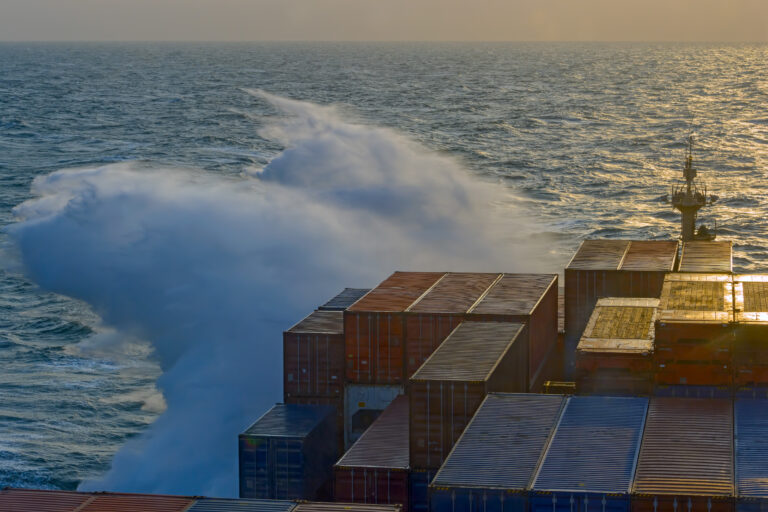Technology company ZeroNorth has highlighted the changing role of weather routing in the maritime industry, as new technologies shift responsibility for mastering the weather to more individuals within shipping companies and amplify the influence that voyage planning has on commerciality.
Previously the responsibility of multiple, unconnected individuals with different priorities, weather routing through interconnected and integrated data is having an increasing impact on commerciality – and ultimately on the industry’s ability to decarbonise – ZeroNorth argues.
In many cases, today’s services tackle different elements of successful ship operation and offer operators siloed recommendations. While the future of weather routing will continue to enable masters to fulfil their critical role of vessel and crew safety management, shipping’s data landscape has matured enough through technology platforms, ZeroNorth says, that the benefits of weather data and applications no longer need to be siloed from each other.
New technology advancements enabling optimisations in real-time mean that shipping companies will be able to act on voyage planning recommendations with a clear view of their commercial and sustainability impacts. ZeroNorth says that these evolutions mean that vessel routing decisions will become even more closely tied to successful commercial and sustainability performance, above and beyond the critical baseline of ensuring vessel safety.
The positive impact of optimisation with integrated weather routing on commercial performance will only become more important as the industry transitions to cleaner fuels. Revenue upsides will allow the industry to manage its transition to more expensive, low carbon alternative fuels, because every ton of fuel saved through weather routing represents more money that the sector can inject into clean fuel adoption.
“Anyone involved with ship operation knows how important weather routing is,” commented Søren Christian Meyer, CEO, ZeroNorth. “But today we want to highlight the changing role for weather routing and how interconnected data and technologies can enable our sector to think above and beyond achieving safety margins and use the weather to its full commercial advantage on every route.
“Currently, we see a fragmented picture where weather is being used to solve several disparate goals,” Meyer continued. “We think that this must change. Data has matured to the point where advanced, integrated technologies can genuinely provide a clear picture of the reality that a vessel faces on the oceans – and we can optimise vessels in real time for the good of the planet, the good of crews, and the good of operations.
“As weather routing becomes easier and operations become more connected, we have a duty to try to deploy weather-optimised routes that reduce our impact on the planet and improve commerciality. By doing so, we’ll begin to find the profits our sector needs to propel the transition to a green industry.”







